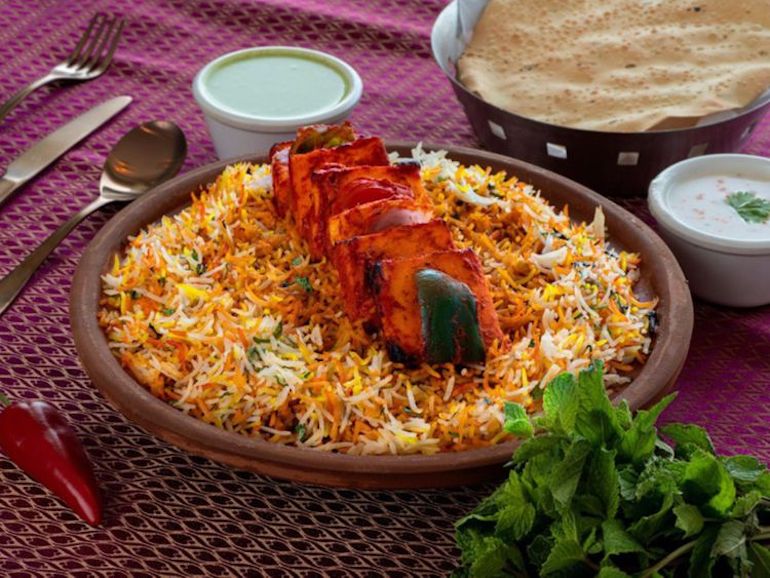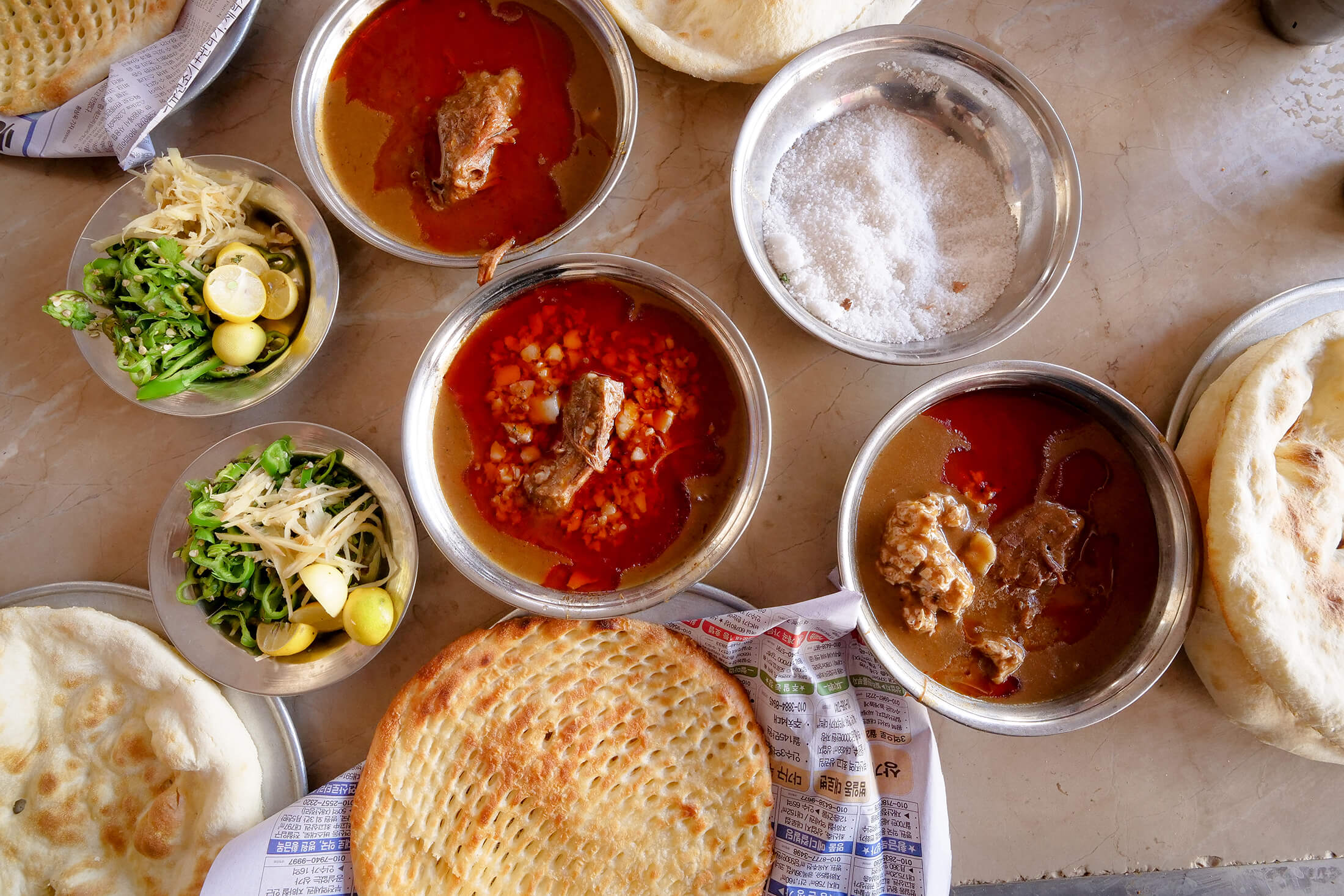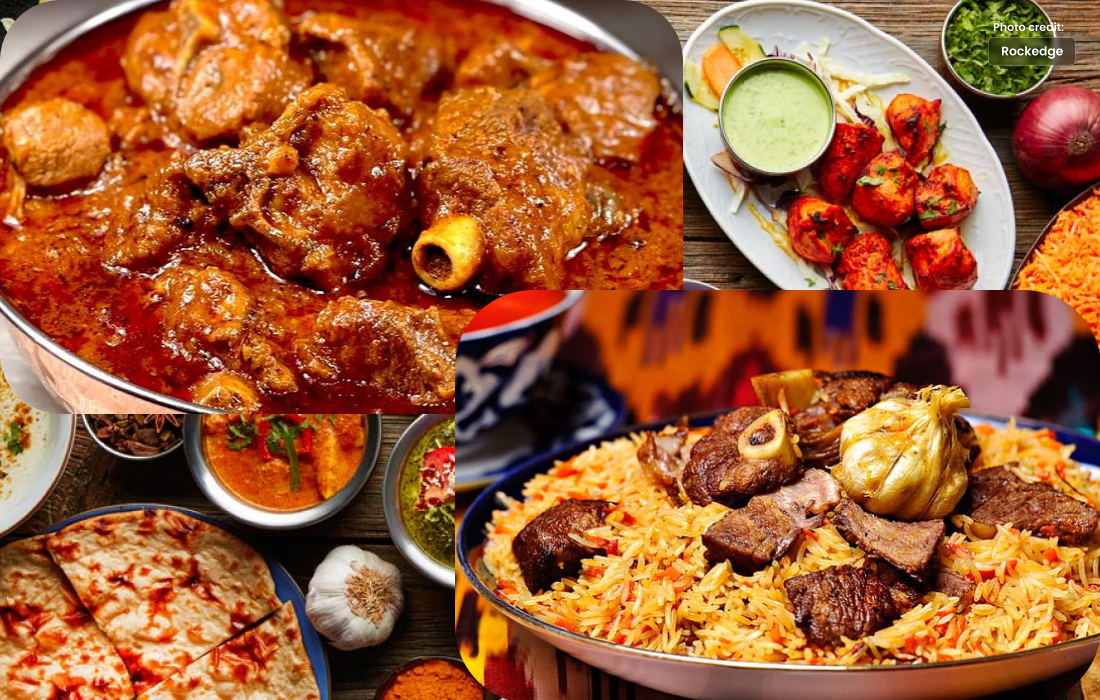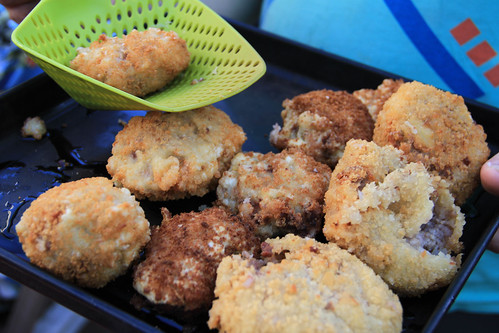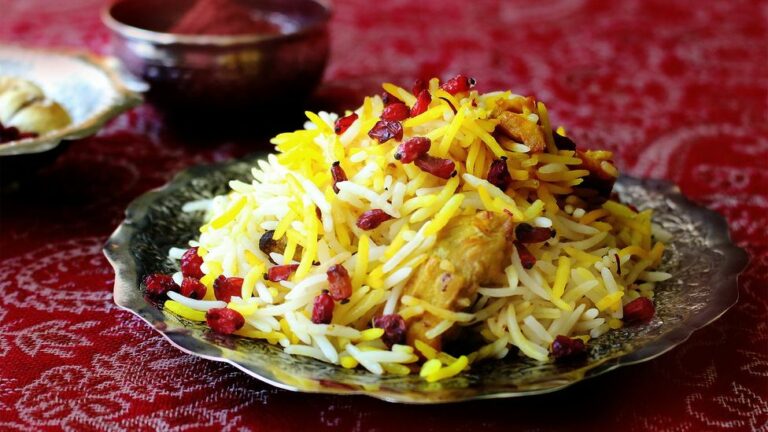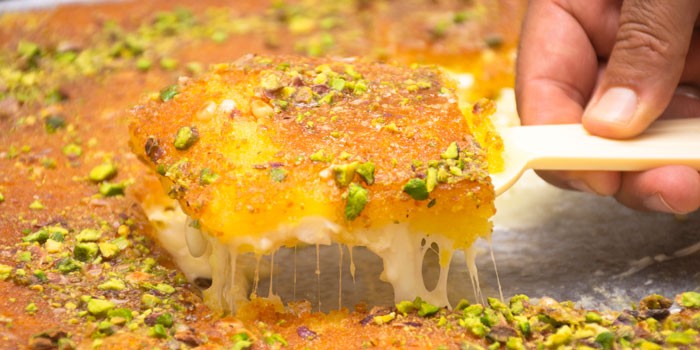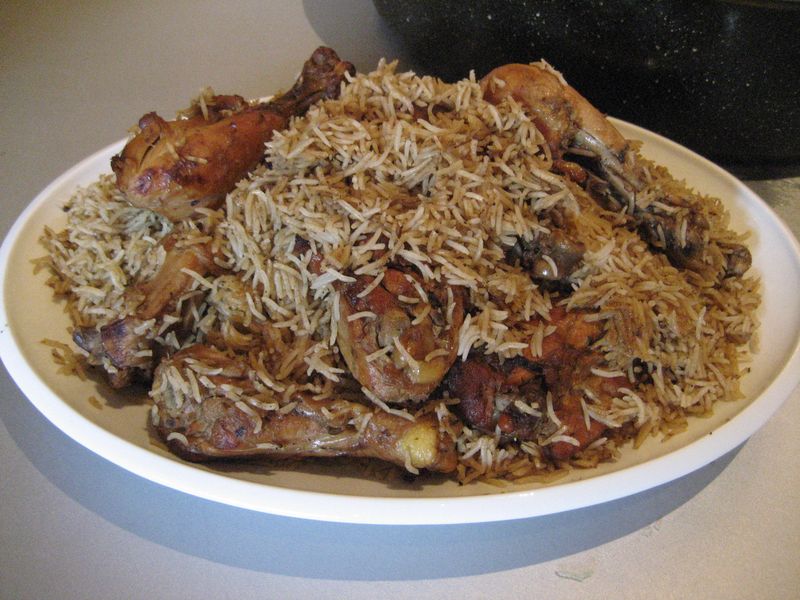Introduction: Vegetarianism in Norway
Vegetarianism is becoming increasingly popular in Norway, with more and more people choosing to adopt a plant-based diet. According to a survey conducted by the Norwegian Animal Protection Alliance, nearly 12% of the population identifies as vegetarian or vegan. However, Norwegian cuisine is known for its heavy reliance on meat and fish, making it difficult for vegetarians to find suitable options.
Traditional Norwegian dishes and their ingredients
Traditional Norwegian dishes are often made with meat, fish, or dairy products. Some of the most popular dishes include lutefisk (dried or salted whitefish), pinnekjøtt (salted and dried lamb ribs), and kjøttkaker (meatballs). Additionally, dairy products like cheese and butter are commonly used in Norwegian cooking.
Vegetarian substitutions in Norwegian cuisine
Despite the heavy meat and fish emphasis in Norwegian cuisine, there are still plenty of vegetarian substitutions available. Many traditional dishes can be made with meat alternatives like tofu, seitan, or tempeh. For example, pinnekjøtt can be made with seitan ribs, and kjøttkaker can be made with vegetarian meatballs. Additionally, many traditional side dishes like potatoes, vegetables, and lingonberry sauce are already vegetarian-friendly.
Restaurants and cafes offering vegetarian options
As the number of vegetarians in Norway continues to grow, more and more restaurants and cafes are offering vegetarian options on their menus. Some popular chains like Cafe Opus and Joe & The Juice offer vegan and vegetarian options, while other restaurants like Kolonihagen and Maaemo have dedicated vegetarian tasting menus. Fast food chains like McDonald’s and Burger King also offer meat-free options like veggie burgers.
Popular vegetarian dishes in Norway
While traditional Norwegian cuisine may not always cater to vegetarians, there are still many popular vegetarian dishes in Norway. One of the most well-known vegetarian dishes is rømmegrøt, a porridge made with sour cream, flour, and butter. Other vegetarian options include fylte sopp (stuffed mushrooms), kålruletter (cabbage rolls), and grønnsakstuing (vegetable stew).
Conclusion: The state of vegetarianism in Norwegian cuisine
While Norwegian cuisine may not be the most vegetarian-friendly, there are still plenty of options available for those who choose to abstain from meat and fish. Restaurants and cafes are starting to offer more vegetarian options, and traditional dishes can easily be adapted to suit a plant-based diet. With the growing number of vegetarians in Norway, it’s likely that vegetarianism will continue to play a larger role in Norwegian cuisine in the years to come.



